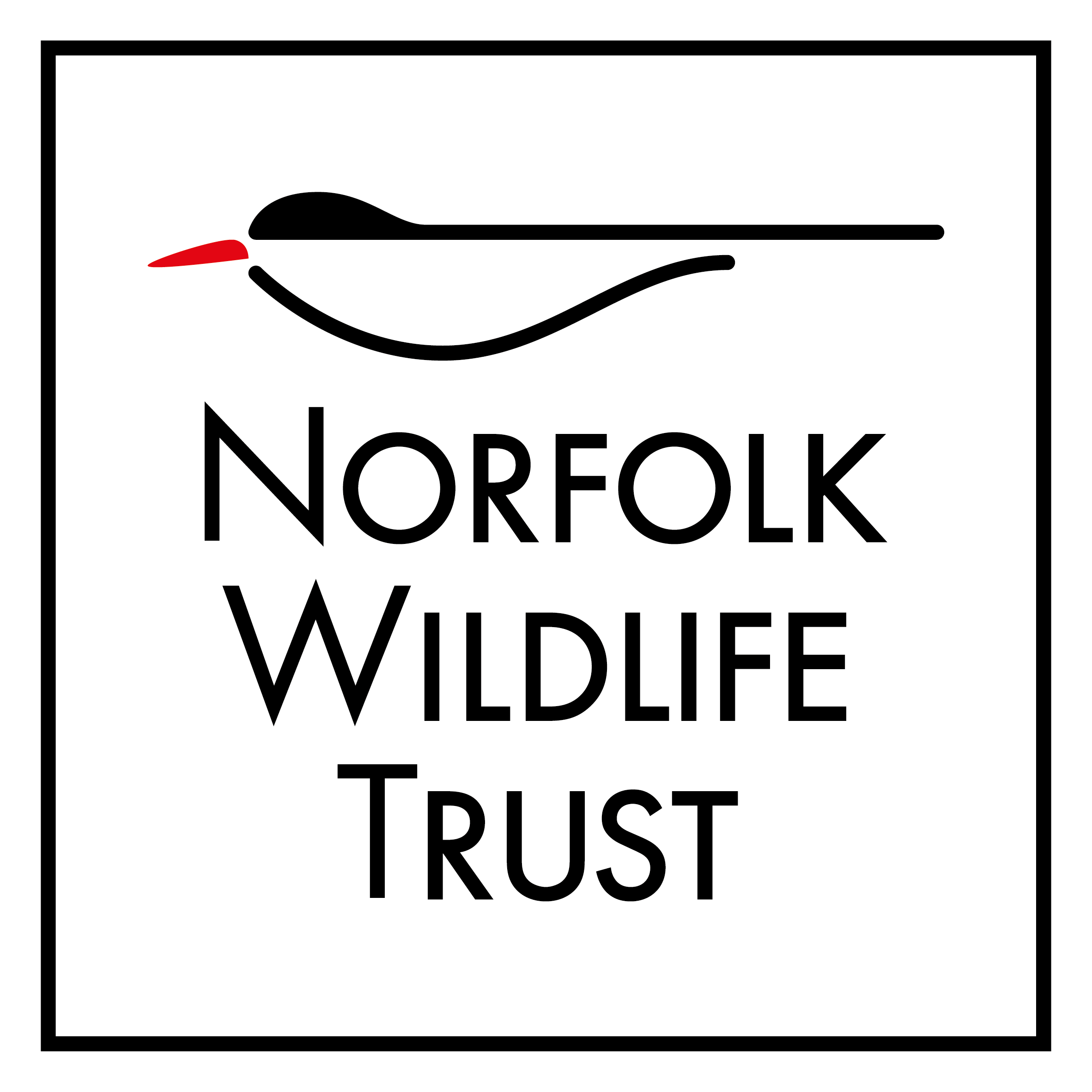Search
Search
Schools and groups e-newsletter
News
Keep up to date with the latest stories, research, projects and challenges as we work to tackle the climate and nature crisis.
Barn owl
The beautiful barn owl is, perhaps, our most-loved owl. With its distinctive heart-shaped face, pure white feathers, and ghostly silent flight, it's easy to identify. Look out for it flying…
Salad burnet
A low-growing herb of chalk and limestone grassland, Salad burnet lives up to its name - it is a popular addition to salads and smells of cucumber when crushed!
Great burnet
The egg-shaped, crimson flower heads of Great burnet give this plant the look of a lollipop! It can be found on floodplain meadows - a declining habitat which is under serious threat.
Wall barley
The distinctive spiky, or 'bearded', green flower heads of wall barley appear from June to July and are easy to spot in an urban environment as they push their way up through pavements…
Barrel jellyfish
Giants of the jellyfish world, these incredible creatures are the UK’s largest jellyfish! They can grow to the size of dustbin lids – giving them their other common name: dustbin-lid jellyfish.…
Burnet companion
This day-flying moth is found on flowery meadows, often in the company of other moths and butterflies.
Six-spot burnet moth
The six-spot burnet moth is a day-flying moth that flies with a slow, fluttering pattern. Look for it alighting on knapweeds and thistles in grassy places. It is glossy black, with six red spots…
New report highlights need for urgent action to save Norfolk's nature
Today, alongside leading wildlife organisations, we are publishing a landmark State of Nature 2023 report. It shows that nature is continuing to decline at an alarming rate across the UK, which is…
Scots pine
The Scots pine is the native pine of Scotland and once stood in huge forests. It suffered large declines, however, as it was felled for timber and fuel. Today, it is making a comeback - good news…
